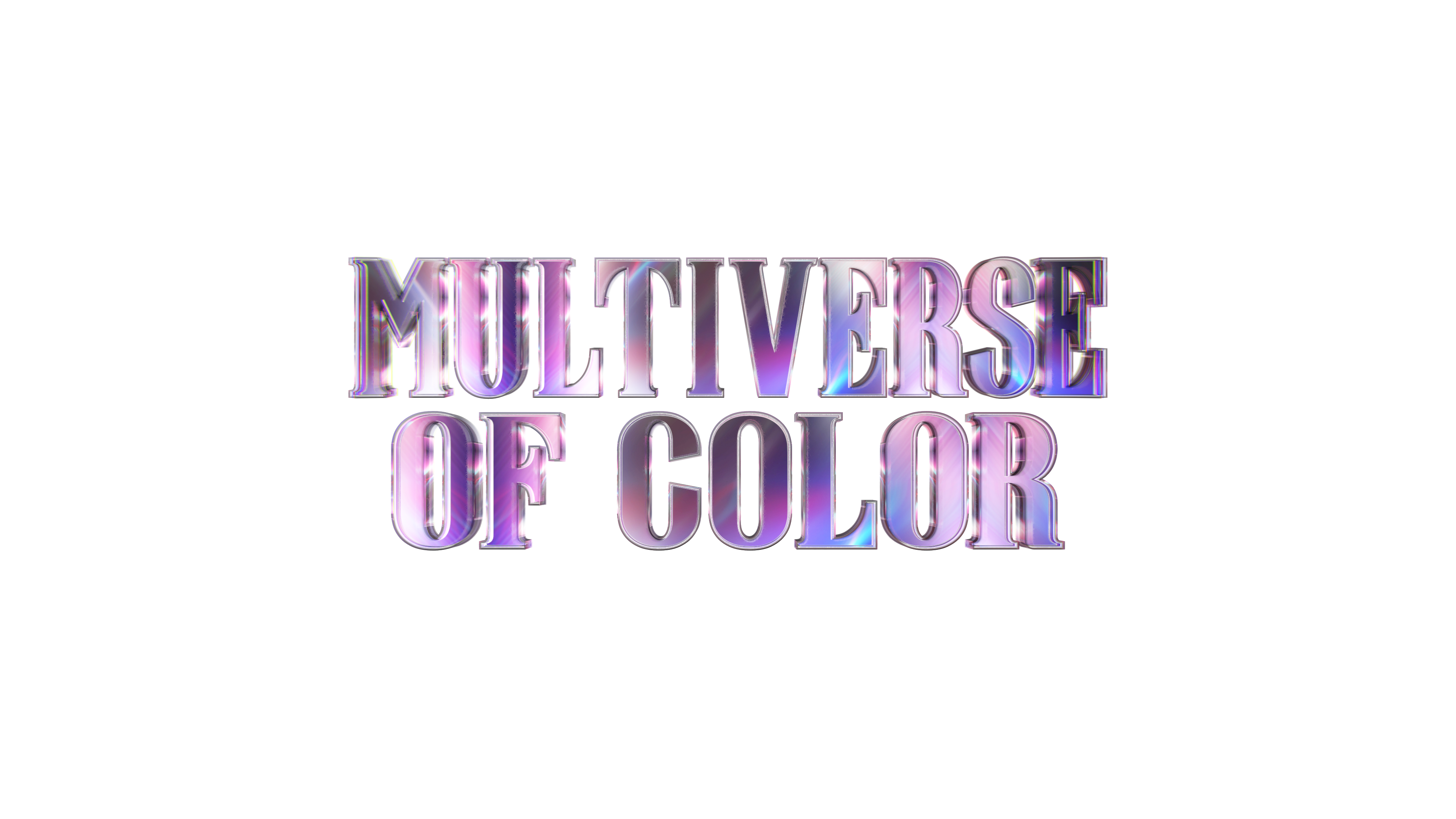Daredevil #1
Written By: Charles Soule
Art By: Ron Garney
Release Date: 12/2/15
“I am Matt Murdock. I am Daredevil. And I am not afraid.”
Those are the first words of Charles Soule and Ron Garney’s Daredevil #1, and it’s comforting. The recent All-New, All-Different relaunch of Marvel titles have given us a slew of characters with new identities and new characterizations. On the whole, it’s been hugely successful, but there’s still something that feels good about knowing that whoever’s holding Thor’s hammer or slinging Cap’s shield, that’s still Matt Murdock slugging out the thugs of Hell’s Kitchen.
It’s a good time to be doing so, as Daredevil’s probably never been as high profile a character as he is right now. There’s the Netflix show, of course, but there’s also Mark Waid and Paolo Rivera’s fantastic, beloved run of the past few years.
And then there’s just the pedigree. In taking on Daredevil, Soule joins a rarified rank of some of comicdom’s most elite writers. In addition to Waid, you’ve got Frank Miller, Chris Samnee, Brian Michael Bendis, Paolo Rivera, Ed Brubaker, David Mazzucchelli, Ann Nocenti, Kevin Smith, Michael Lark, Joe Quesada and even Stan Lee, who once said Daredevil was his favorite of all his creations. Those are some very big shoes.
To balance the scales, Soule has a few tricks up his sleeve, the chief of which is Ron Garney on art duties. It’s a dream. Garney’s DD is about as far removed from Paolo Rivera’s as the ’60s Batman TV show is from The Dark Knight. Garney draws a grim, dangerous world, colored in mostly black and red. Much was made of the sunnier disposition Waid and Rivera gave Daredevil, but Garney and Soule make it clear they don’t feel beholden to it. This is a Daredevil more suited to the slink and danger of Miller’s definitive run and, of course, the Netflix show.
Matt looks like he’s put on some muscle, looking more like a boxer than an acrobat. He also has a new costume—his first since 1993’s infamous armored number. It’s mostly black, hearkening back to his ninja roots a little more than the old scarlet onesie did. It’s a good look. You’d think more rock ’em, sock’em-types would invest in some sensible hand wraps.
Soule takes to all this with abandon, quickly doing away with a few of the changes Waid brought to the character. Daredevil is back in Hell’s Kitchen (after Waid relocated him to San Francisco, which was a bit like moving Batman to Dallas.) He’s got his secret identity back (after outing himself in front of a jury.) He’s a state prosecutor (after spending almost the entirety of his existence as a defense attorney.) Most notably, this is a Matt who does not give a damn. No longer the wisecracking swashbuckler of Waid’s run, this Daredevil is pissed off and pissing people off. When DD rescues a mob target who suggests they get away before the hitmen realize they’ve survived, Daredevil has a different idea.
Most title relaunches would spend their time catching everyone up on just how all this happened, but Soule plays coy with the details. Regarding the re-secretive identity, Foggy Nelson tells Matt that “just because you let me remember doesn’t change what you did to make everyone else forget,” which implies some citywide mind wiping shenanigans. That’s the only hint we get for now, but Foggy’s clearly pretty pissed about the whole ordeal. So that’s at least familiar to longtime Daredevil fans.
Another bombshell that Soule and Garney drop within the first few pages is that Daredevil’s picked up an apprentice—a young Chinese-American martial arts pro going by Blindspot who apparently has some cloaking technology. Again, details of who this guy is and why Matt decided he needed a sidekick aren’t spelled out here, but the ambiguity works to the book’s favor. Instead of getting bogged down in exposition, Soule sets up some intriguing stories for a later date, and we don’t have to wade through stilted “as-you-know” dialog.
We even get a peak at Daredevil’s new big bad: a sinister cult leader calling himself Tenfingers—a name I found a little pedestrian until his genuinely creepy reveal, which is too good to spoil here.
You can’t talk about Soule’s new run without talking about Soule’s background as an attorney. Matt’s day job has always been a more intrinsic part of his character than, say, whatever Steve Rogers was doing to make rent. At times, Matt’s law practice has almost overshadowed his career as a vigilante. Bendis’ Out arc had much more to do with Matt as a savvy public relations manager than it did Matt as a blind ninja. It was a brave move for a mainstream comic, and it paid off beautifully. Soule’s cited Bendis’ Daredevil run as a heavy influence, and given that he probably knows more about being a lawyer than any Daredevil writer before him, there’s reason to expect we’ll be seeing at least as much of Matt out of his costume as in it.
Out of the gates, Soule’s choice to make Matt a prosecutor instead of a defense attorney means Matt’s a lot less cuddly behind the desk. He’s pursuing guilt instead of innocence these days, which brings his two identities into tandem, There’s a brusqueness and aggression to Matt’s business attitude that’s new to the character, but refreshing anyway. Thrilling, even.
“Daredevil #1 is designed to be a mix of what you know and what you don’t know,” Soule said in an enlightening blog post over at his own website. That’s a difficult needle to thread, but the first issue delivers. This Matt Murdock has a little more fire and a little more danger, but he’s back in New York, he’s back in the courtroom, and he’s back to a world that is taking as much of a toll on him as he’s taking on it.
In short, it’s the devil we know. Mostly.
Welcome home.






